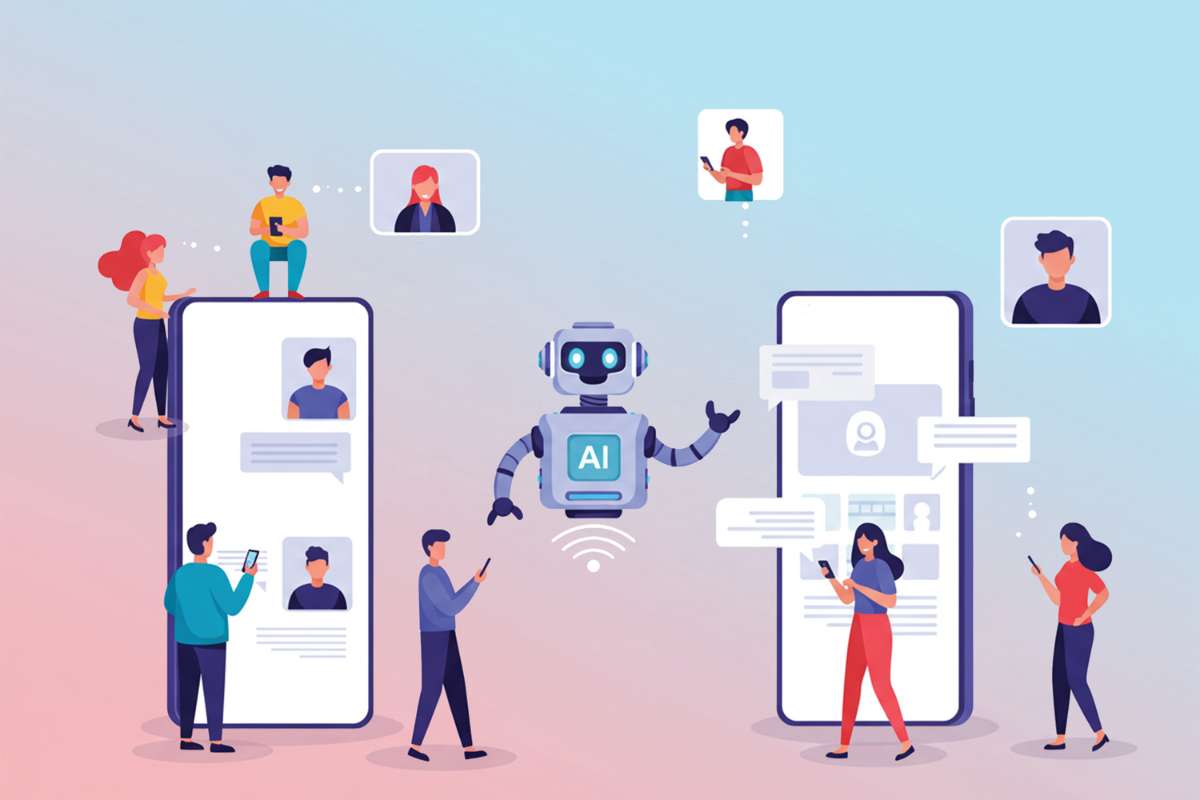Sales teams today face mounting pressure to fill their pipeline with quality leads without getting bogged down in manual research. AI lead generation offers a way to identify high-potential contacts, understand their interests, and connect with them at the right moment, freeing up your team to focus on building genuine relationships rather than chasing dead ends.
By combining intelligent software with data-driven insights, AI lead generation highlights the prospects most likely to convert and helps craft messages that resonate personally. Whether you’re a small startup or a large enterprise, adding this technology to your toolkit can boost results without needing extra headcount.
In this article, you will discover key strategies, best practices, and real-world examples to help your business take full advantage of more innovative prospecting.
Why Embrace AI Lead Generation Now
Traditional methods depend on cold calls, mass emails, and manual list building. These tactics often lead to low engagement and high rejection rates. AI lead generation changes the game by:
- Turning vast data into clear recommendations.
- Updating lead scores in real time.
- Tailoring outreach based on user behavior.
- Automating repetitive tasks that slow down your team.
With these advantages, companies can focus on genuine conversations instead of tedious chores.
Building Your Ideal Customer Profile
Before selecting any tool, knowing who you want to reach is crucial. Creating an ideal customer profile allows the software to spot patterns you might miss. Follow these steps:
Gather Existing Data
Collect past sales records, CRM entries, website analytics, and customer feedback. Look for common traits among your best customers—industry, company size, job role, pain points, and purchase triggers.
Identify Key Characteristics
Use simple filters to isolate high-value prospects. For instance, find contacts who visited your pricing page more than twice or downloaded specific whitepapers. This helps the system learn which behaviors signal readiness to buy.
Refine Over Time
Your initial profile will evolve as you gather feedback from campaigns. Regularly revisit and update your criteria to align AI lead generation tools with the latest customer insights.
Top Strategies for Smarter Prospecting
Once you have a clear customer profile, implement these tactics to boost your lead acquisition.
1. Automated Lead Scoring and Qualification

Instead of manually ranking prospects, use AI lead generation software to automatically assign and adjust lead scores. The engine evaluates interactions—email opens, link clicks, webinar attendance—and bumps high-interest leads to the top of your list. This process cuts down on “dead” leads and helps sales reps focus on conversations with stronger chances of success.
Also Read :- Growth Hacking Techniques: Unlocking Explosive Business Growth
2. Personalized Outreach at Scale
Writing unique messages for each contact can be time-consuming, yet generic blasts rarely convert. AI lead generation tools can insert customized snippets—like mentioning a recent blog post the lead read—while you maintain consistency across campaigns. The result is a more engaging first touch without extra effort for your team.
3. Intent-Based Prospecting
Many businesses wait until leads fill out forms before they engage. With intent data from web activity and social media mentions, AI lead generation can detect early signals of interest. For example, if a company searches for your product category, the software notes this action and prompts your team to reach out before a competitor does.
4. Chatbots for Instant Engagement
AI-powered chat widgets on your site can greet visitors, answer simple questions, and collect contact details. By qualifying visitors in real time, you ensure no opportunity slips through the cracks, even outside business hours.
5. Lookalike Modeling
Once you have identified your best customers, use AI lead generation to find profiles with similar traits. Many platforms let you upload a “seed list” of top clients and then expand it by searching across third-party data sources. This approach uncovers fresh prospects that match your proven success patterns.
Choosing the Right Tools
The market offers a wide range of options for AI lead generation. When evaluating platforms, consider these factors:
1. Data Sources and Integration
Ensure the tool can pull data from your CRM, website analytics, email service, and social channels. The more input it has, the brighter the recommendations will be.
2. Ease of Use and Adoption
Select a solution with an intuitive interface and clear setup guides. Your sales team should feel confident using the platform without heavy reliance on IT or data science support.
3. Actionable Insights and Reporting
Look for dashboards that show lead score distribution, conversion trends, and channel performance. Transparent metrics help you track ROI and make data-driven adjustments.
4. Security and Compliance

Verify that the vendor follows industry standards for data privacy. This is especially important if you work with sensitive customer information or operate in regulated markets.
Real-World Success Stories
1. Financial Services Firm
A Fortune 100 company integrated AI into its marketing stack and saw a 4% increase in conversion rates within three months. By leveraging predictive analytics, they identified high-value prospects with greater accuracy and delivered personalized email campaigns that resonated with each segment.
2. B2B SaaS Startup
A small software provider used AI-driven chatbots to engage website visitors. Leads captured through chat were automatically scored and routed to the right sales rep. This reduced response time to under five minutes and boosted demo bookings by 30%.
Best Practices for Implementation
To roll out AI lead generation smoothly, follow these guidelines:
- Start Small: Pilot with a single campaign or team before a full-scale launch.
- Train Your Team: Provide clear instructions and share success metrics so everyone understands the new process.
- Monitor and Adjust: Regularly review performance data and refine your customer profile and scoring rules.
- Align Sales and Marketing: Ensure both teams agree on lead definitions and handoff procedures.
- Measure Impact: Track KPIs such as conversion rate improvements, cost per lead, and sales cycle length.
Common Pitfalls and How to Avoid Them

- Overlooking Data Quality: Garbage in, garbage out applies here. Clean and standardize your data before relying on AI lead generation.
- Ignoring Human Touch: Automation speeds up processes, but human follow-up remains crucial. Balance tech with personal outreach.
- Setting Unrealistic Expectations: AI won’t fix all challenges overnight. Treat it as a continuous improvement tool rather than a magic bullet.
Measuring Your Success
Key metrics to monitor include:
- Lead Conversion Rate: Percentage of scored leads that become opportunities.
- Cost per Lead: Total spend divided by the number of qualified leads.
- Time to Response: Average time from lead capture to first sales outreach.
- Pipeline Velocity: The Speed at which leads move through your sales funnel.
Set benchmarks before implementation and compare results monthly to gauge progress.
Future Trends
Advancements in natural language understanding and predictive analytics will continue to enhance lead scoring accuracy. We expect more seamless integration between AI prospecting tools and customer engagement platforms, creating even richer profiles and personalized journeys. Businesses that adopt these innovations early will gain a significant edge over those relying solely on manual methods.
Conclusion
AI lead generation offers a powerful avenue for companies seeking to boost efficiency and revenue. Combining data analysis, real-time scoring, and personalized outreach allows businesses to connect with prospects more effectively than ever. With the right strategy, tools, and training, AI lead generation will become indispensable to your growth engine.









